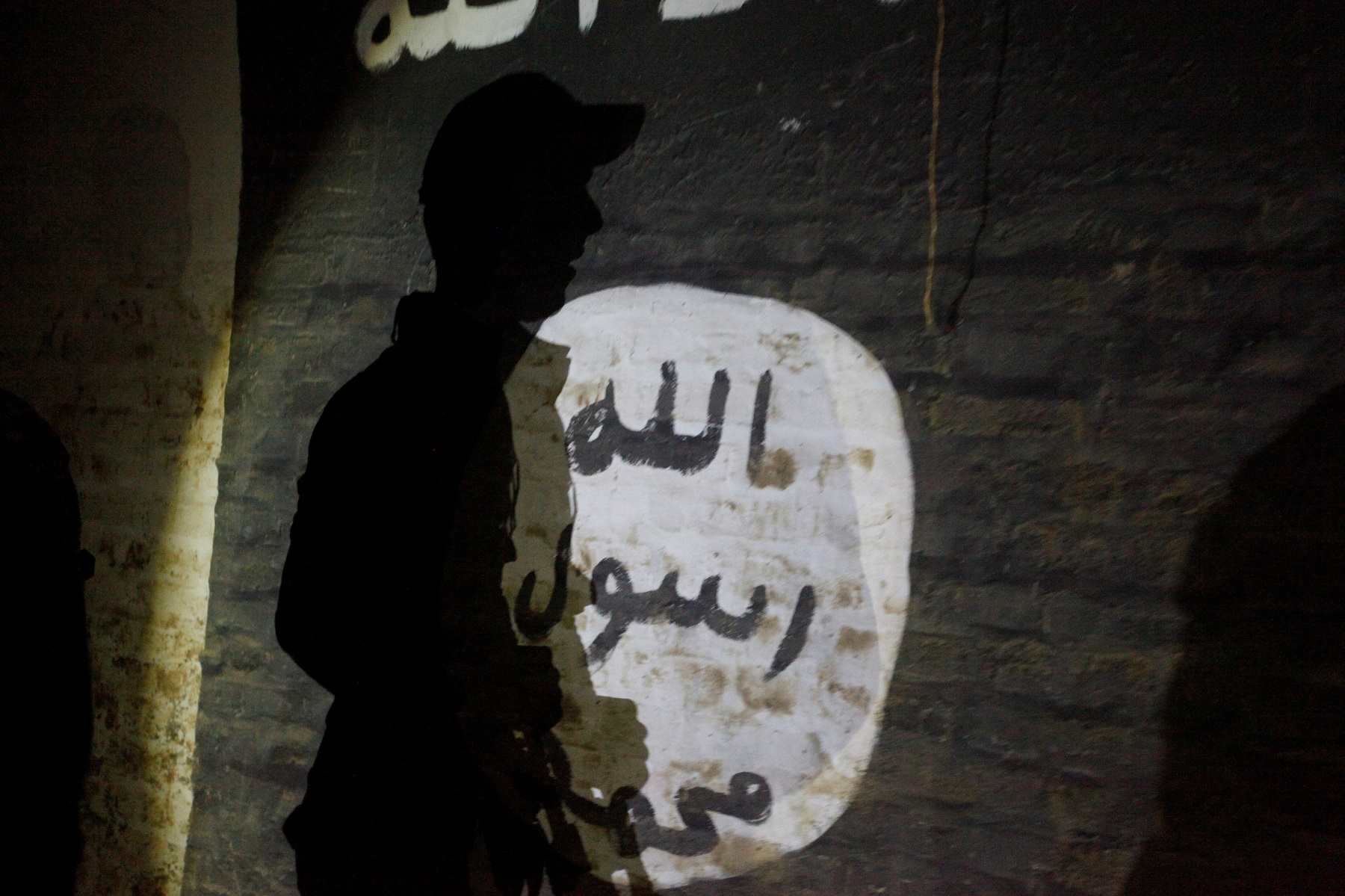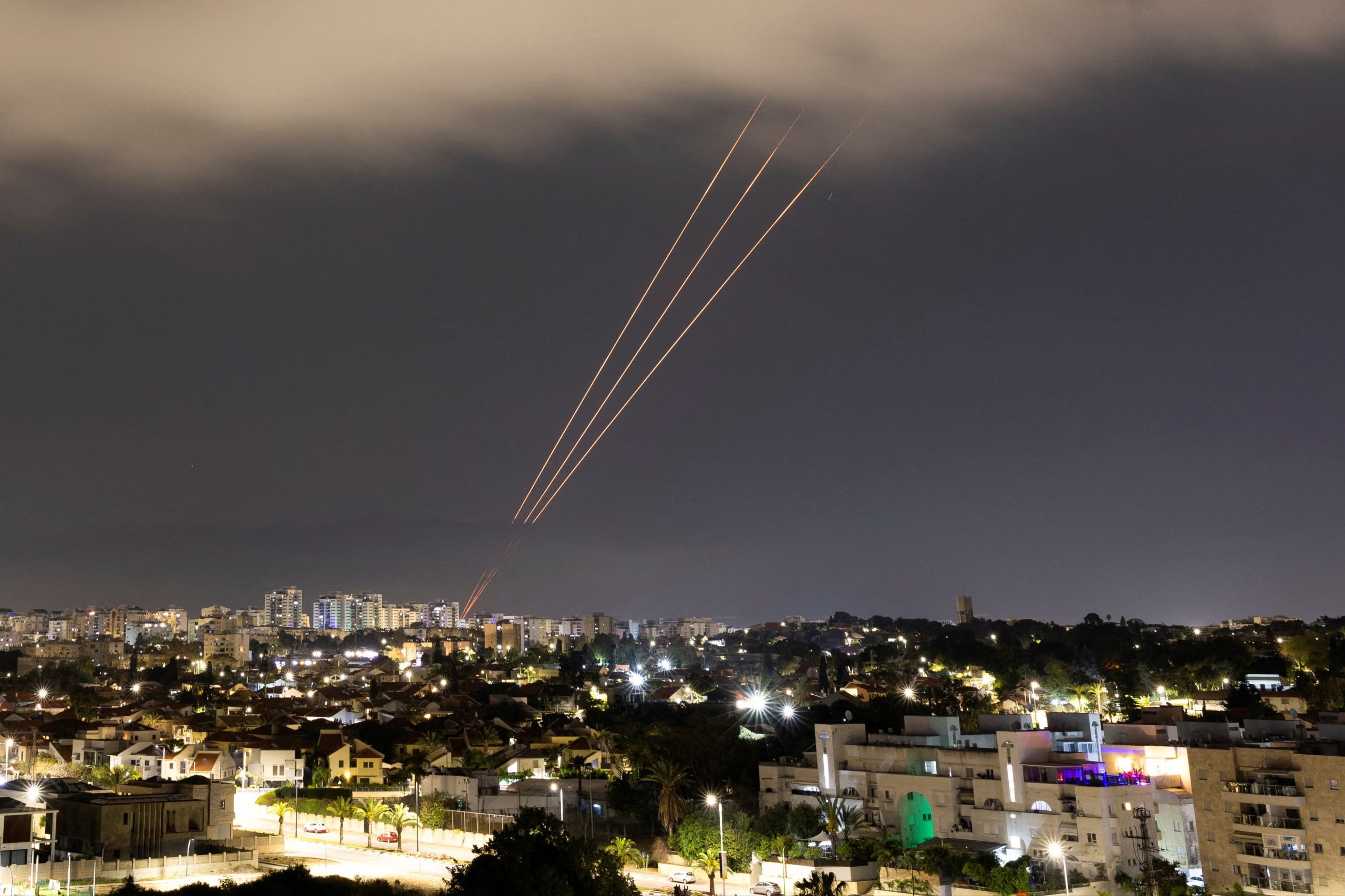Where Will the Islamic State Go Next?
For a brief moment, the Islamic State was a massive success.
At its peak in 2014–15, it ruled a territory the size of Britain containing a population of eight million people. Its military was on the march across Iraq and Syria and, at least for several months, seemed to hold out against massive U.S. airstrikes and the combined counterterrorism efforts of dozens of other governments and regional actors. Thousands of foreign Muslims emigrated to the self-proclaimed caliphate, which used taxation and the spoils of conquest (in total, estimated at almost $1 billion a year) to reward its adherents. In all, over 40,000 foreigners emigrated to the caliphate. Tens of thousands of local Sunni Muslims also fought in its ranks. Some saw the group as their community’s defender, others as at least as a temporary ally of convenience, and still others joined because they felt they had no other choice. Around the Muslim world, in lands as disparate and distant as Nigeria, Libya, the Sinai, and Afghanistan, local groups pledged allegiance, declaring themselves “provinces” of the new caliphate.
Its defeat, however, was as dramatic as its rise: Today’s Islamic State is a shadow of its former self, having lost almost all its territory along with much of its resources and many of its fighters.
But though the caliphate is gone, the group itself is not. As thousands of its surviving fighters disperse, the group has gone underground—for now. Perhaps the question I am asked most commonly is: Where will the Islamic State go next? To answer it requires thinking about the desires of and realities facing the group’s cadre and leadership and in addition to about where the next center of the global jihadist stage will be.
Islamic State ‘Provinces’
One set of candidates might be one or more of the Islamic State’s pledged provinces. Libya might be the most active Islamic State province and for a year seemed to be creating a true mini-state, conducting beheadings, and otherwise emulating their masters in the caliphate. However, in 2016, local forces backed by U.S. airpower pushed the Islamic State out of its stronghold at Sirte, and continued strikes have kept the group off-balance. Despite these setbacks, thousands of foreign fighters have still flocked there, and U.S. officials warn that instability still threatens the country. Sinai is also among the core group’s closest affiliates. However, the Sinai’s terrain gives little shelter, leaving the group vulnerable to Egyptian (and secret Israeli) attacks, limiting its potential as a large base of operations. The Islamic State also has a presence in Nigeria, but that affiliate is really a continuation of Boko Haram and its various factions, which are highly independent of the mother ship. Afghanistan, long fertile soil for radical groups, also has an Islamic State presence as do several other countries.
Some fighters have gone back to these provinces, and more will inevitably do so. But the provinces suffer from several problems as possible new homes for the core group and cause. Many are already places where the United States or its close allies, like Israel, are targeting the group directly, making it hard for the Islamic State to gain the numbers and momentum it once had in Iraq and Syria. And should the Islamic State’s leadership move to a one province in large numbers, the United States would redouble its efforts. In addition, among many of the Islamic State’s supposed provinces, the local flavor of jihadism and leadership are popular among the local ranks—indeed, this is true from some of its most powerful provinces, like Nigeria. As a result, leaders from the core group may arrive and suddenly find themselves, in fact, to be followers, or otherwise shunted aside. And every province is far from the current battlefield. Islamic State leaders and fighters would have to evade the local and U.S. forces hunting them, cross borders to Turkey or another country, and then make it to the war zone – a possible feat, but one hard to do en masse without attracting attention. Even Libya, one of the better destinations, with no real government to speak of that can seal the country’s borders is not an easy trip. Nor is it easy to move the cause. None of these war zones has grabbed Muslim attention in any way comparable to the Syrian civil war.
Turkey
A much closer, and perhaps better, candidate for an Islamic State revival, is Turkey. For the first years of the Syrian civil war, Turkey tolerated the flow of jihadists and other fighters back and forth to the war zone. The vast majority of the Islamic State’s foreign fighters entered the country from Turkey, establishing dense networks recruitment and logistical there. Turkey’s crackdown began fitfully in 2015 but became much harsher in 2016, and it included military action against the group in Syria. Such moves led the Islamic State to target the Turkish government itself, including devastating attacks in historic parts of Istanbul, an attack on the country’s largest airport, and numerous strikes closer to the border, among many others. In 2017 and 2018, as fighters fled the collapsing caliphate, many found themselves transiting Turkey again—but this time they were stuck there with no obvious place to go next.
Turkey has both appeal and risk for the Islamic State. On the one hand, its proximity, the established networks, and the enmity caused by its “betrayal” of the group make it attractive as a new war zone. On the other hand, Turkish security and military forces are highly competent when they focus their attention on a group, and it would be hard for the Islamic State’s fighters and networks to stay hidden in the face of a sustained effort.
Iraq and Syria
The best location to replace the former caliphate in Iraq and Syria is, well, Iraq and Syria. In both countries, a mix of regime and local forces backed by U.S. airpower (and Iranian assistance and muscle and, in Syria, also by Russian airpower) have forced the group underground. But underground does not mean gone. In 2010, the Islamic State’s predecessor was in a similar predicament after the U.S. surge and new strategy pushed it to the brink of collapse in Iraq. But it came roaring back, taking advantage of the Iraqi government’s anti-Sunni discrimination, the chaos in Syria, and its own brutal-but-effective campaign of intimidation and killing to neutralize local opposition.
Things are bad for the Islamic State today, but in Iraq’s persistent weaknesses make the group better situated than its predecessor was in 2010. The group still has thousands of members. It’s true that the Iraqi government’s military forces, leavened by pro-Iran Shiite militias and U.S. airpower, have improved since their nadir in 2014—when tens of thousands fled Mosul in the face of a few hundred Islamic State fighters—but the forces have few highly competent troops. And many Iraqi Sunnis see the presence of the Shiite militias as proof that Iran and the government in Baghdad are colluding to disempower Sunnis, a theme the Islamic State plays up to portray itself as the defender of the community. Iraq itself remains a mess, with the government there struggling to establish its legitimacy and divisions within and between the Shi’a, the Kurds, and other communities fracturing the country.
In addition to taking advantage of Iraq’s weaknesses, the Islamic State will find many opportunities in Syria. Indeed, the troubles Syria faces makes Iraq’s problems look enviable. Uprooting the Islamic State now that it is underground will require strong and competent governance, but there is no one in Syria to provide it: The Syrian regime, seemingly triumphant, is weak and exhausted. Turkey controls part of the country, and Saudi Arabia and other Sunni states are eager to push back Iran’s influence in the region—a recipe for continued fighting, which the Islamic State can exploit. Local tribes and communities may provide some order, but they can easily be overwhelmed by even relatively small bands of fighters. Now that the Islamic State is weaker, local and regional factions are likely to focus on one another, even seeing the Islamic State as a potential short-term ally (if still a long-term enemy) among the hodgepodge of players in Syria. The country may yet be a land of opportunity for the group.
Regional Powers May Be Enabling a Comeback
The region as a whole is torn, offering still more opportunities. Turkey’s focus on Kurdish unrest gives it different priorities than other U.S. allies in the region, which are focused on Iran or the Syrian regime. The power and sectarian rivalry between Saudi Arabia and Iran leads both powers to back rival factions in Lebanon and Yemen as well as Iraq and Syria, leaving instability in their wake. The sectarian fervor their contest foments is one of the Islamic State’s best selling points: It claims that its forces are the tip of the spear in the fight against the Baghdad-Tehran-Damascus (and Lebanese Hezbollah) Shiite axis that oppresses Sunnis.
The United States’s missteps are also making a comeback easier for the Islamic State. The U.S. military is aggressively trying to build partnerships to fight the Islamic State in Afghanistan, Africa and elsewhere, but such commendable efforts will not substitute for leadership from the top. The Trump administration has signaled that it does not want to stay in Syria or otherwise engage the hard work of long-term governance and state building. The White House also blasted Europe on military spending and trade, reducing popular support for cooperation with the United States. Rather than push Turkey, Saudi Arabia, and other regional allies to be on the same page, the administration has exacerbated regional rivalries. Diplomacy, regional engagement, and low-level military cooperation are not glamorous and involve painful compromises, but they will be vital if the United States is to prevent the Islamic State from establishing itself once again in Iraq, Syria, or somewhere else.




